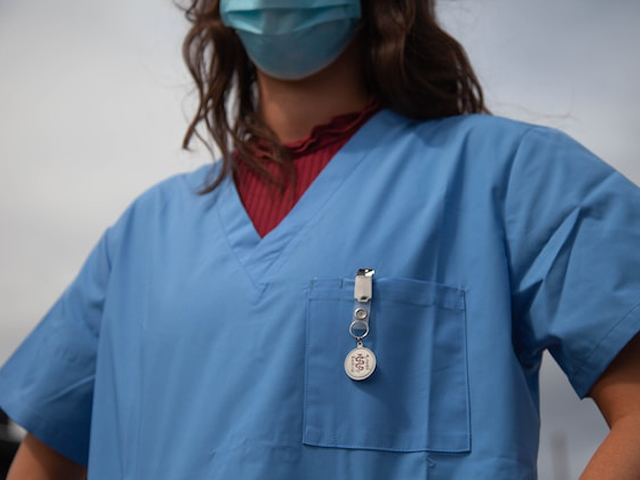
Medical school is a dream for many aspiring healthcare professionals. However, the steep costs associated with medical school often become a major roadblock. The burden of student loan debt can loom large, dissuading talented individuals from pursuing their passion for medicine.
Fortunately, many avenues exist that can help students attend medical school for free or significantly reduce their financial burden. From scholarships to grants, the availability of these avenues can alleviate the financial strain and make medical education more accessible. In this article, we will explore various strategies and opportunities that can pave the way to a debt-free medical education:
1. Scholarships and Grants
Scholarships and grants serve as exceptional pathways for aspiring medical students to pursue their education while mitigating significant debt. Numerous organizations provide scholarships specifically designed for medical students. Medical students can access an extensive database of scholarships and grants via the AAMC. Additionally, numerous medical associations, foundations, and organizations provide scholarships to support exceptional individuals in pursuing careers in the medical field. These opportunities alleviate financial burdens, allowing you to concentrate on your education without undue concerns about financial obligations.
Apart from external sources, many medical schools provide scholarships to exceptional students. Applying for scholarships and grants requires research, careful attention to eligibility criteria, and a compelling application that showcases the student's achievements, aspirations, and dedication to the medical field. By diligently researching and applying for scholarships and grants, you can significantly reduce the financial burden of attending medical school and potentially even attend for free.
2. Service-Obligation Programs
Service-obligation programs give aspiring doctors a chance to obtain a tuition-free medical education by pledging their commitment to serve in designated underserved areas or communities. The NHSC provides scholarships to medical students who pledge to serve in designated Health Professional Shortage Areas (HPSAs) for a predetermined period after graduation. The scholarship covers tuition and fees and provides a living stipend. In addition to the NHSC, some states, and local communities offer similar programs to address healthcare disparities within their regions.
The HPSP, offered by various branches of the armed forces, provides full tuition coverage, a monthly stipend, and a commission as an officer. In return, medical students commit to serving as military physicians during their residency and afterward. This program not only offers financial support but also provides a unique opportunity to gain valuable experience in diverse medical environments.
3. Work-Study Programs and Tuition Reimbursement
Work-study programs and tuition reimbursement options are other avenues to consider for attending medical school without accumulating debt. Certain medical schools provide work-study programs that give students part-time job prospects within the institution or affiliated hospitals. This enables students to earn income while acquiring practical experience in a clinical environment.
Specific employers, including hospitals and healthcare organizations, extend tuition reimbursement programs as an additional benefit. These programs typically require individuals to work for the organization while pursuing medical education. In exchange, the employer reimburses a portion or all of the tuition expenses incurred during the program.
It's important to note that these work-study and tuition reimbursement options may require students to balance their academic and work responsibilities effectively. However, the financial benefits and practical experience gained make these opportunities valuable for motivated individuals.
Endnote
While medical school expenses can be challenging, there are ways to pursue a medical education without incurring significant debt. By exploring scholarships, service-obligation programs, and work-study options, you can fulfill your dreams while minimizing financial burdens.











